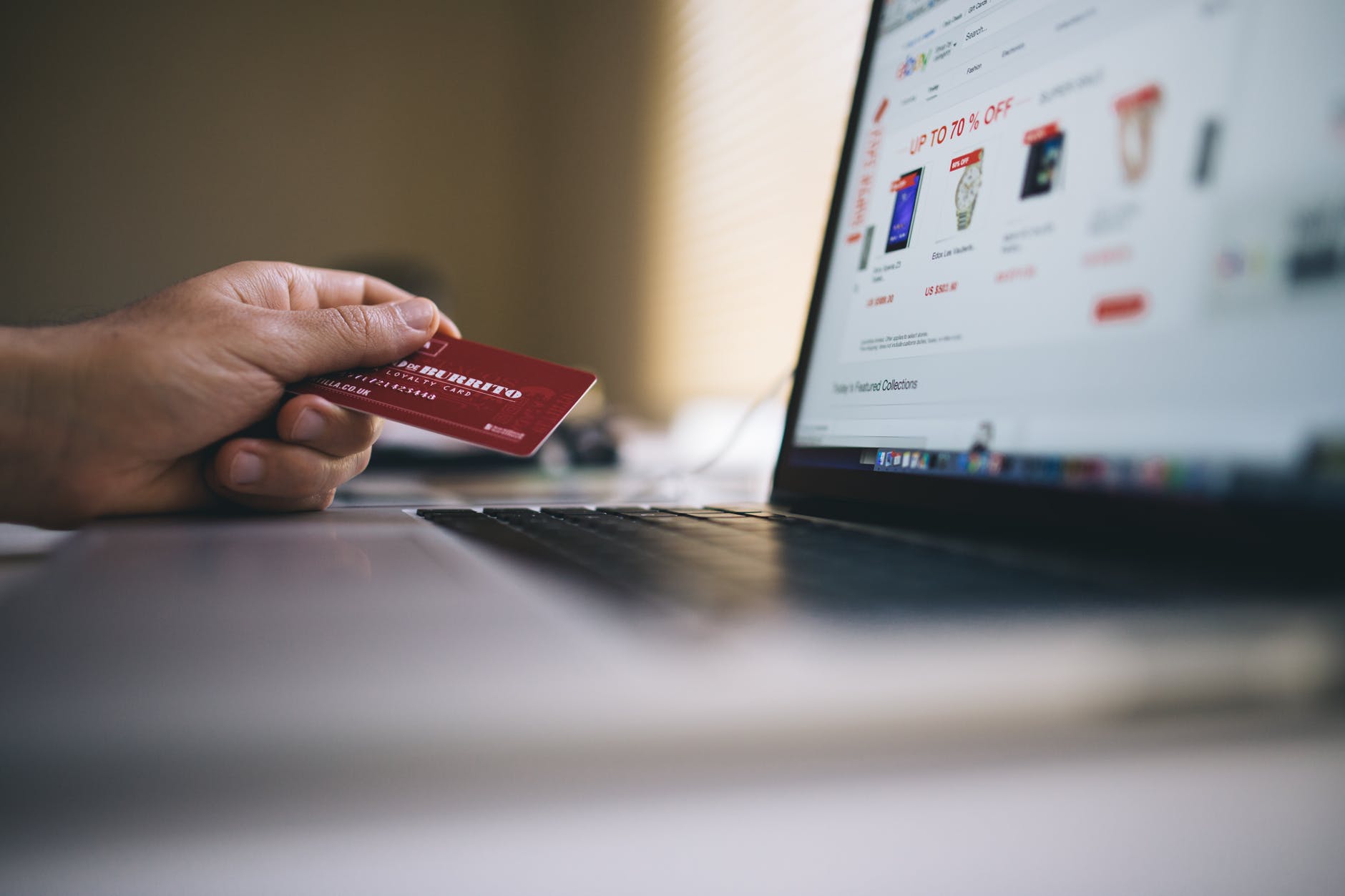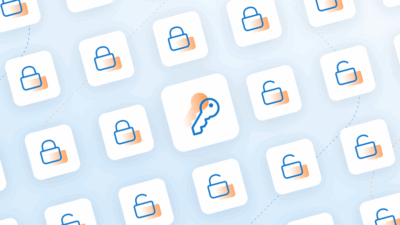The average consumer believes themselves to be smart shoppers, but even the smartest among us have fallen for an impulse buy.
Most shopping malls, department stores, and even ecommerce stores attempt to capitalize on this by adding hard-to-resist “extras.” It’s not unusual to hear people say that they have made many spur-of-the-moment purchase decisions for big ticket items without having any prior buying intentions.
So, how do you do this in your business? How do you convince shoppers to make impulse purchases on your site?
1. Add complementary products.
Amazon utilizes this tactic particularly effectively. Whenever you buy something from Amazon or add a product to the shopping cart, suggested complementary products that you can also add to the cart pop up before you click the button to make your purchase.
If you’re not already using this technique, consider including this technology in your ecommerce store. This alone can help increase your business’ revenue by at least 10-20 percent, if done correctly. Another way to employ this technique is to package lower-priced items that complement a larger-ticket item together and offer them at a slight discount. This bundle can be offered prior to checkout. The customer will appreciate the convenience and mark-down on the prices of the items, and you will enjoy the increase in the average order value.
2. Create products that sell themselves.
There are two general categories of products: one requires considerable thought and analysis, the other requires little or no thought at all. The latter works well for triggering impulse buys.
These impulse items are affordable, and they’re often considered necessary— perhaps even required to make another item in the cart perform at its peak. However, even when the product isn’t related to an another item the customer’s purchasing, the shopper might purchase it without a second thought, simply because it’s inexpensive. Small purchases like this add up over time. You can use these products to generate even more revenue for your ecommerce store.
3. Use powerful psychological triggers.
All savvy marketers know the importance of psychological triggers. A combination of high perceived value, urgency, scarcity and novelty works wonders for a product. For instance, you could create a “buy two, get one free” offer for a product that is considered expensive or affordable, depending on your preference.
You could also add new or novelty products to the list, put a time limit, or create some urgency for the special offer and see what happens. For many impulse shoppers, a combination of all these will get them to buy more from your store.
4. Offer special discounts and sales on popular items.
This can be done through your apps, social media accounts, or even on your website. A boldly displayed price slash offer on your ecommerce store will generate even more sales and revenue for your business.
An ecommerce store can take advantage of their store apps and social media, pushing special offers through their apps, texting their prospects and customers, and posting their special offers on social media.
According to a Mobile Commerce Daily survey, 21% of all those who responded said they have made impulse purchases because of shopping apps; another 22% said they did the same because of the offers they saw on social media; and 20% bought unplanned items because of a text they received from a retailer. So, if you have special offers you can get the word out by doing one or more of these things.
Now that you know what techniques to use in order to increase more sales via impulse buying, you can take advantage of them by applying them to your ecommerce store—starting today!
![[Customer Story] Why TestDome Considers FastSpring a Real Partner](https://fastspring.com/wp-content/themes/fastspring-bamboo/images/promotional/2023/FastSpring-TestDome-blog-thumbnail.jpg)








